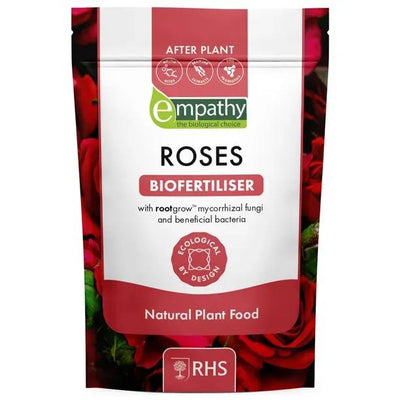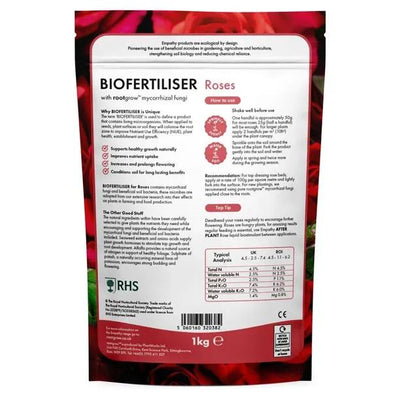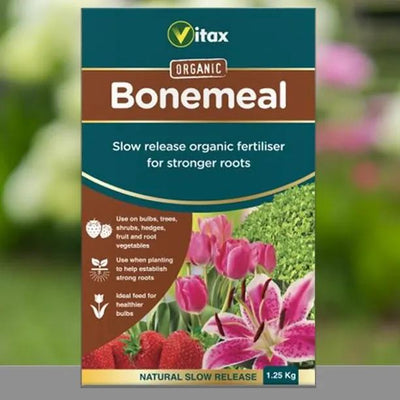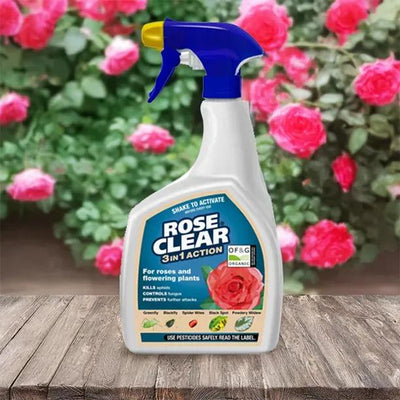Royal William Rose Bushes
Royal William is a classic hybrid tea rose, considered to be the finest deep reds. It bears long, pointed buds of velvety deep crimson red on long, straight stems and necks, opening to well-shaped, large flowers. Browse our full rose range. As well as its intense colour, Royal William has an intense, spicy fragrance, making it the perfect rose to give as a romantic gift. The red blooms, which appear from June until the first frosts, are beautifully set off by the plentiful dark green foliage. It's a strong, vigorous grower, bred by famous German breeders Kordes and was joint winner of Rose of the Year Award in 1987.
Great in your garden
Hybrid tea roses had their heyday in the mid-late 20th century, when whole beds in grand houses were devoted to growing them - the rose gardens still seen in many public parks today are a leftover of this trend. However, their upright habit and rather bare lower stems means they don't look their best in modern mixed borders, as they don't blend in well with modern plants. Try underplanting Royal William with traditional accompaniments, such as Nepeta (catmint) or lavender to suppress weeds and hide bare soil. The grey-tinged fine leaves and flowers will provide a good contrast to the saturated colours of the rose. One advantage of their upright growth habit makes them ideal for growing in a narrow border, along a fence or in front of a house.
If your garden has suffered from rose diseases in the past, Royal William is a good variety to grow, as it has good resistance to many common ailments. However, never plant a rose in the same spot as you have just dug one out - there is a condition called replant disease which can affect roses and other members of the rose family. It's poorly understood but is thought to be caused by soil pathogens and pests. New plants struggle to establish, make poor growth and can even die. Roots grow poorly and fine roots may be rotten.
As it's the perfect rose for vases, Royal William is ideal if you have a cutting garden. Due to its very long flower stems, large dark red flowers and deep, glossy green foliage, it's excellent for flower arranging and has a long vase life.
Features
- Size: Medium
- Colour: Deep crimson red
- Shape (of flowers): Double
- Flower type: Repeat continuous
- Scent: Strong, spicy
- Flowering: June-October
- Group: Hybrid tea
- Height: 1.2m
- Awards: Rose of the Year 1987 (joint winner)
- Good disease resistance
History & Trivia
According to the Victorian art of floriography (the language of flowers),the red rose is supposed to be an expression of passionate or true love, so that is why it has become associated with St Valentine's Day on February 14, despite not being in flower naturally at the time.

 Secure, One-Tap Checkout
Secure, One-Tap Checkout
 Hand Picked, Delivered to Your Door!
Hand Picked, Delivered to Your Door! 1 Year Bareroot Guarantee
1 Year Bareroot Guarantee








